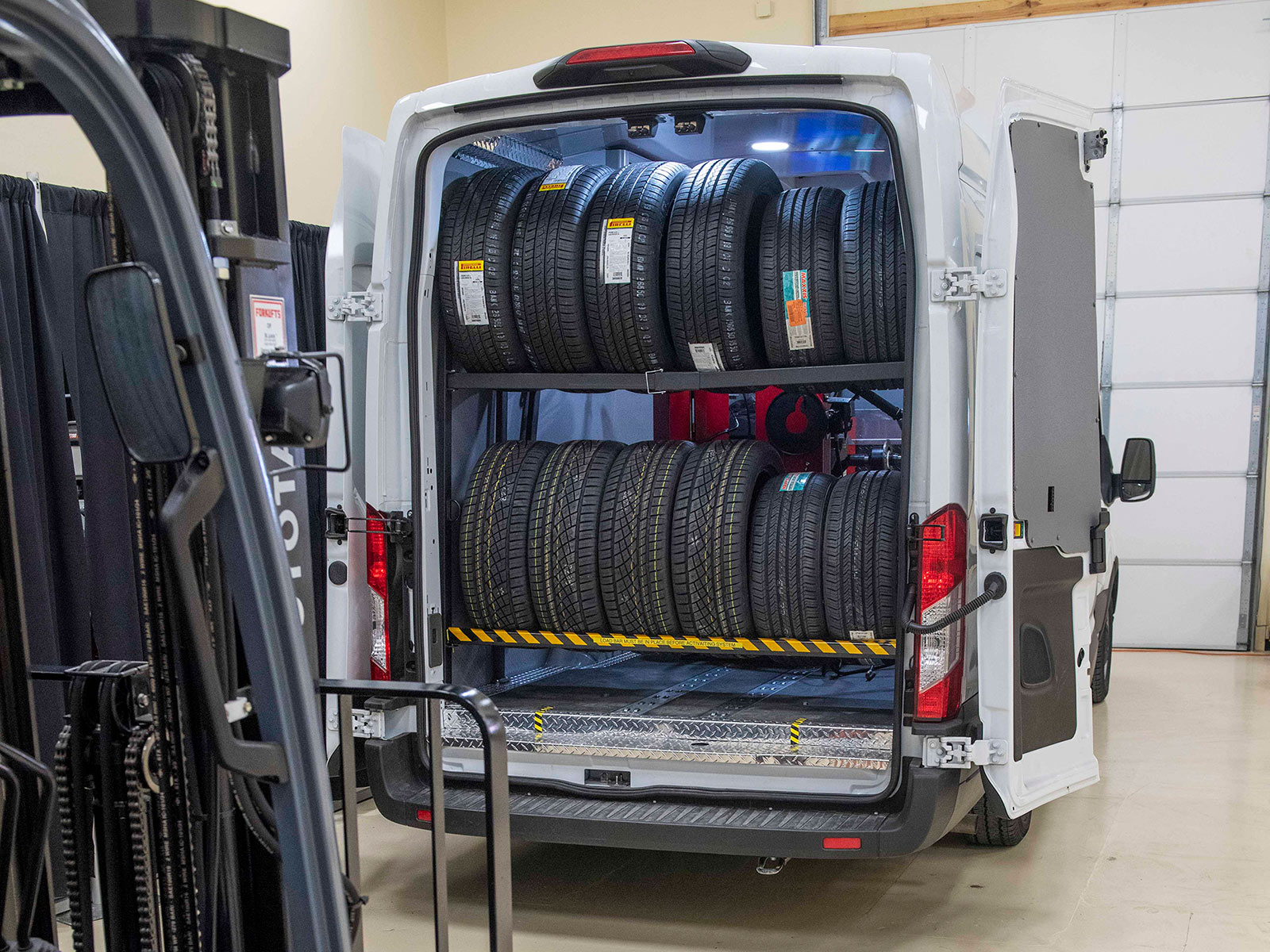Tire Solution: Proven Methods for Ideal Tire Upkeep and Treatment
From making certain correct tire stress to routine rotation and alignment, there are tried and tested techniques that can significantly expand the life expectancy of your tires and enhance general driving experience. Let's dive into the world of tire solution and discover the tricks to maintaining your tires in excellent shape for the long haul - Mobile Tire Replacement Las Vegas.
Importance of Tire Stress
Proper tire stress is an essential consider making sure optimal vehicle performance and safety when driving. Preserving the advised tire stress levels supplied by the supplier offers numerous benefits. Firstly, appropriate tire pressure promotes better fuel efficiency, as under-inflated tires can lead to increased rolling resistance, causing the engine to function harder and consume more fuel. Correct tire pressure guarantees also walk wear, boosting tire longevity and saving cash in the lengthy run by delaying the need for premature substitutes. Additionally, effectively inflated tires contribute to enhanced handling and braking capacities, crucial for risk-free driving in numerous roadway conditions. Over-inflated tires, on the various other hand, can lead to minimized grip and a harsher ride. Conversely, under-inflated tires are susceptible to getting too hot, which can bring about blowouts and accidents. Routinely checking and adjusting tire pressure, especially before long trips, is a basic yet efficient means to improve vehicle efficiency, prolong tire life expectancy, and prioritize safety on the road.
Tire Turning Standards
When thinking about tire rotation standards, it is vital to comprehend the importance of this upkeep job in optimizing tire life expectancy and preserving ideal car efficiency. Tire rotation involves changing the placement of each tire on a car to make sure even walk wear. Front tires have a tendency to wear faster than back tires because of steering forces, making regular turning important for balanced wear patterns. The suggested rotation pattern varies depending on whether a car is front-wheel, rear-wheel, all-wheel, or four-wheel drive. Normally, tires need to be revolved every 5,000 to 7,500 miles, or as suggested in the car manual. Overlooking tire rotation can lead to uneven wear, impacting handling, traction, and potentially compromising car safety and security. By sticking to appropriate rotation standards, motorists can prolong the life of their tires, improve gas performance, and improve overall driving experience. Normal rotation is an easy yet effective upkeep technique that contributes considerably to tire longevity and lorry efficiency.

Advantages of Wheel Placement
Guaranteeing proper wheel placement after tire rotation is essential for preserving well balanced wear patterns and optimizing automobile performance. Wheel alignment describes the change of the angles of the wheels to the manufacturer's specifications. One of the vital benefits of wheel positioning is enhanced steering and dealing with action. When the wheels are properly lined up, it lowers steering effort, making sure a smoother and extra controlled driving experience. Additionally, right wheel placement aids to extend the lifespan of your tires. Misaligned wheels can trigger irregular tire wear, resulting in premature tire replacement and raised upkeep costs.

Tire Footstep Depth Check
Executing a normal inspection of tire tread depth is vital for keeping secure driving problems and extending the life-span of your tires. Irregular step wear can show issues with tire alignment, suspension, or pressure, highlighting the importance of regular step depth checks. By integrating you can look here tire walk depth checks into weblink your routine upkeep routine, you can drive with confidence knowing that your tires are in leading problem.
Seasonal Tire Inspection
A comprehensive evaluation of tire condition customized to particular weather conditions is important for maintaining optimum performance and safety throughout the year. Seasonal tire examination is an essential element of tire maintenance that makes certain tires are all set to deal with the difficulties postured by different weather problems. To prepare for winter season, it is vital to inspect the tire stress frequently as cold temperature levels can cause tire pressure to drop. Inspecting tire step deepness is also essential to guarantee sufficient traction on snow and ice-covered roads. In addition, examining for signs of damage, such as cracks or bulges, can help prevent possible tire failures. As the seasons change, it is very important to examine tire condition and make any kind of required adjustments to guarantee risk-free driving. By performing regular seasonal tire inspections, drivers can lengthen tire life-span, enhance fuel efficiency, and most importantly, guarantee a secure driving experience in varying weather - Mobile Tire Change Las Vegas.
Conclusion
Finally, maintaining proper read here tire pressure, turning tires frequently, lining up wheels properly, checking step deepness, and performing seasonal evaluations are essential methods for optimal tire treatment. By adhering to these shown methods, motorists can guarantee their tires last longer, execute far better, and add to total lorry safety. It is very important to focus on tire upkeep to avoid accidents, enhance gas effectiveness, and lengthen the life-span of tires.
Appropriate tire pressure promotes far better gas performance, as under-inflated tires can lead to boosted rolling resistance, triggering the engine to work more difficult and take in more fuel.When thinking about tire rotation guidelines, it is essential to recognize the significance of this maintenance task in making best use of tire life-span and preserving ideal automobile efficiency. Seasonal tire evaluation is a basic facet of tire upkeep that makes sure tires are all set to deal with the obstacles postured by various weather condition problems. By performing regular seasonal tire assessments, drivers can extend tire life expectancy, improve gas performance, and most notably, make sure a safe and secure driving experience in differing weather condition problems.
In verdict, keeping correct tire stress, revolving tires frequently, lining up wheels appropriately, keeping an eye on step deepness, and performing seasonal examinations are important methods for ideal tire care.